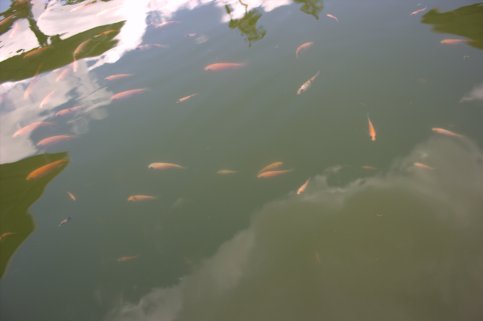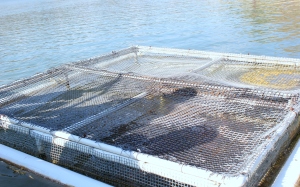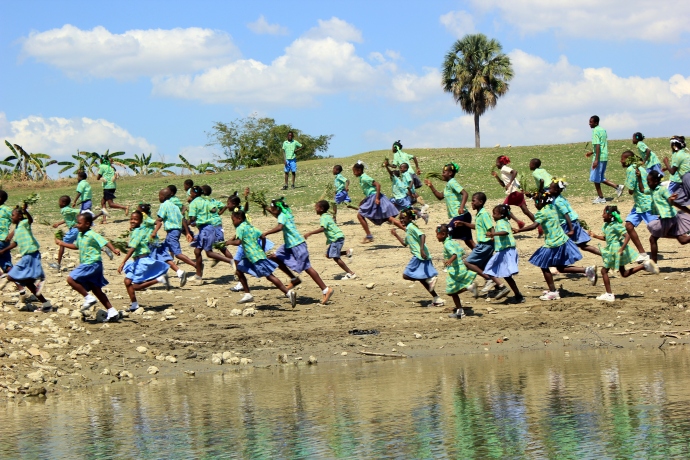 If you’re a woman in Rwanda, you’re almost twice as likely to be infected with HIV as a man. That seems hideously unfair, particularly after rape was used as a weapon during the genocide of 1994, resulting in a huge swell in the numbers of infected women. Still, even today it is a reality.
If you’re a woman in Rwanda, you’re almost twice as likely to be infected with HIV as a man. That seems hideously unfair, particularly after rape was used as a weapon during the genocide of 1994, resulting in a huge swell in the numbers of infected women. Still, even today it is a reality.
So Heifer International has teamed up with my second most favorite organization, Partners in Health, to improve the health, nutrition and income of people living with HIV/AIDS in the Eastern Province, who make up 2.5% of the population there.
Partners in Health, which grew out of Dr. Paul Farmer’s pioneering community health work in Haiti in the 1980s, is the first responder. Since 2005, PIH has been providing crucial medicine and health care to HIV patients, as well as food packages for 10 months, in order to strengthen and stabilize these weak, poor and malnourished folks and get them on the road to recovery. But after that immediate intervention, patients still needed a way to provide themselves and their families with sustainable income and food security. And that’s where goats (and Heifer) come in.
Goats are quick to reproduce (they can be bred in the first year), their milk is highly nutritious (reportedly it really helps bolster one’s white blood cells that fight off infection) and with easily available forage (old banana peels, kitchen waste and some grasses) goats will produce a lot of poop to fertilize vegetable gardens that the people are encouraged and trained to plant. So Heifer has given away hundreds of South African dairy goats to people like Charlotte, who has used that gift to transform her life.
Charlotte found out she was HIV+ in 2003, after she had four heartbreaking miscarriages in a row and went in for a test. But her husband, from whom she got the infection, argued that she was not infected and so she got thinner and sicker until 2005, when she visited PIH (or Inshuti Mu Buzima as it’s known in Kinyarwanda) and was put on life-saving medications. In 2009, Charlotte received a goat from Heifer, passed on its first female offspring to another family, and now has two more female offspring that provide her with so much milk, she has plenty to sell.
With her goat milk income, Charlotte bought a pig that is now pregnant, and she can sell those piglets for about $120/each (if healthy and fat, a pig can have two litters a year of about 8-12 piglets each). Charlotte also bought a heifer and is eager to raise more goats, sell more milk, plant more vegetables and bananas, and buy more land. In a big kitchen garden that surrounds her house, she also grows carrots, beets, and maize that she sells, but she’s really famous for her excellent bananas (thanks to copious amounts of manure). 
Her 13-year old son is tall and handsome, and she’ll have the money to send him to the best secondary school –although in Rwanda it’s considered quite a tragedy to have just one child (a fact my only-child Lulu found ironic). When she talked about her four missing children, Charlotte looked bereft, but she quickly said, “I don’t think about being sick, I think about the future. It’s only when I talk about being sick that I get sad.”
As we pulled away from her house, I was thinking of how Charlotte had stood up in front of the whole town meeting and told her story, and the courage that must have taken. Then I thought of the song the people were singing at the meeting (it only rhymes in Kinyarwanda, folks): “People say if you have HIV/AIDS you are going to die, but we are not prepared to die… We are going to live!”





























